Abstract
In 1957 the World Health Organization arranged a survey of horse and swine sera in a number of countries in order to gain information on the role and importance of animals in the epidemiology of influenza. The veterinary services of the countries concerned were requested to obtain blood specimens from these animals, if possible both before and after the human pandemic of Asian influenza. This paper reports on the results of haemagglutination-inhibition and complement-fixation tests performed on these sera in WHO Influenza Centres and other collaborating laboratories.
It is apparent from these results that the Asian (A2) strain can cause natural inapparent infection in horses and swine. Equine influenza caused by the A-equi strain is also present in many countries from which it had not been previously reported, and infection in pigs with the A-swine strain, long known in the USA, has now been recorded in at least two European countries.
In a concluding section, the findings in this survey are related to other observations on the position of animals in influenza epidemiology, and future research needs are outlined.
Full text
PDF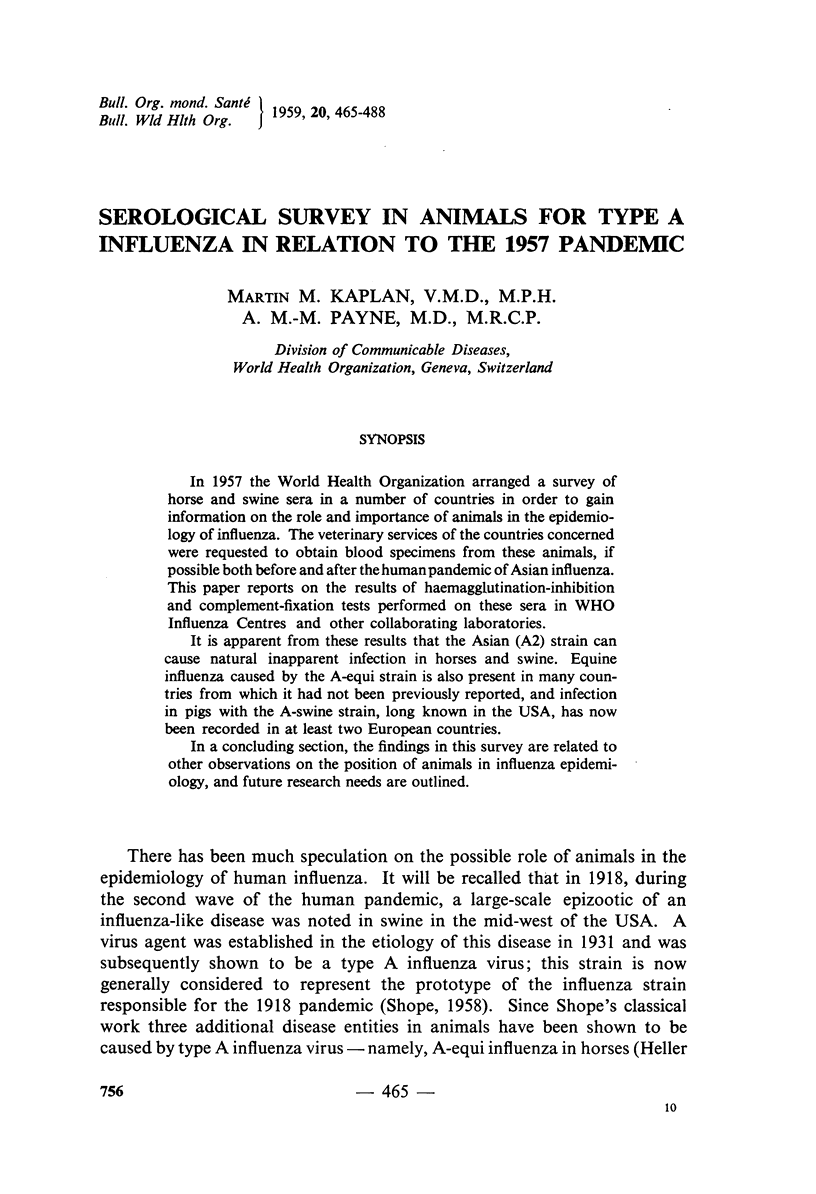
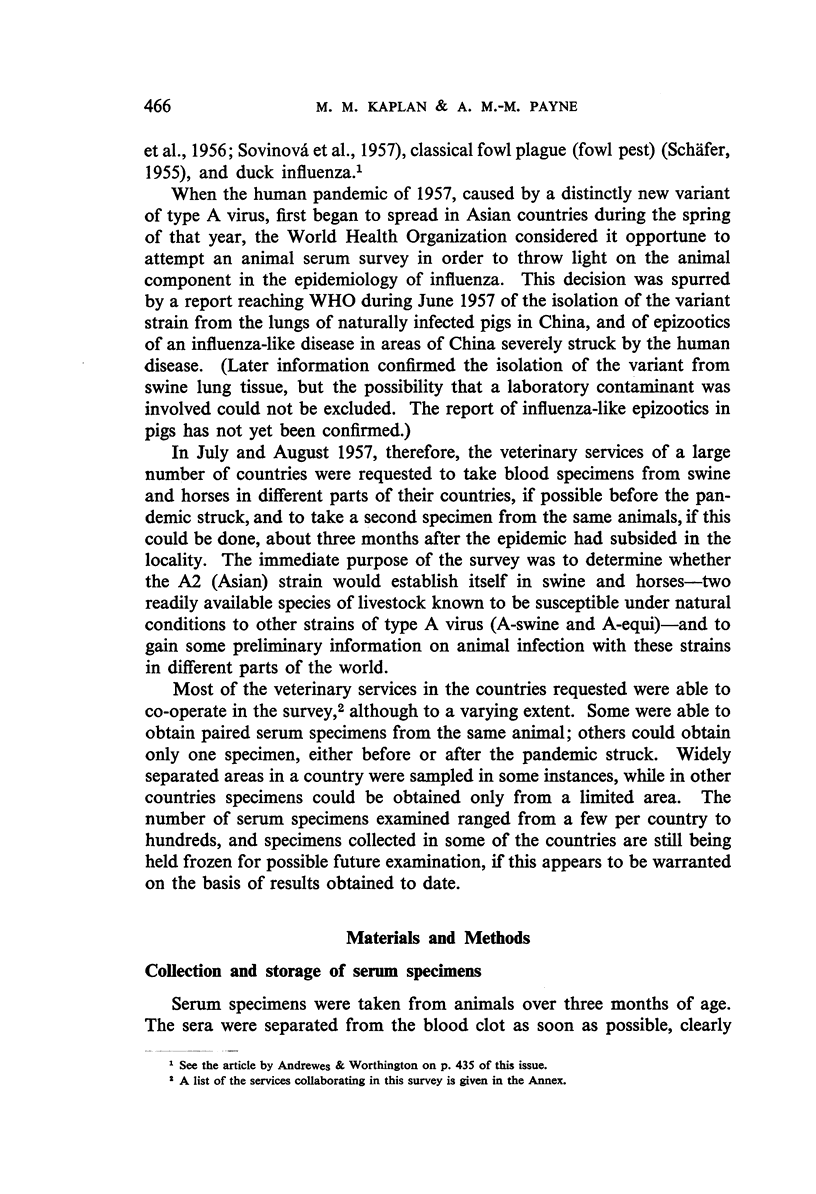
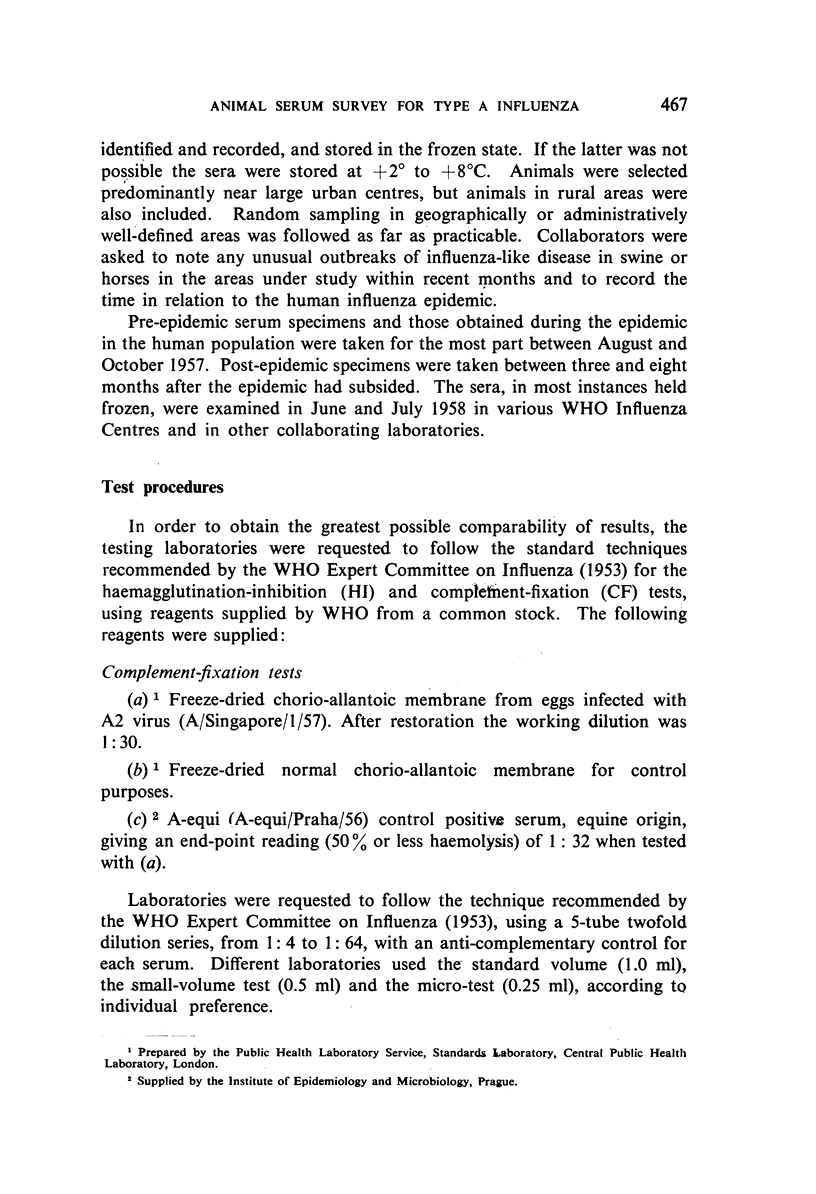
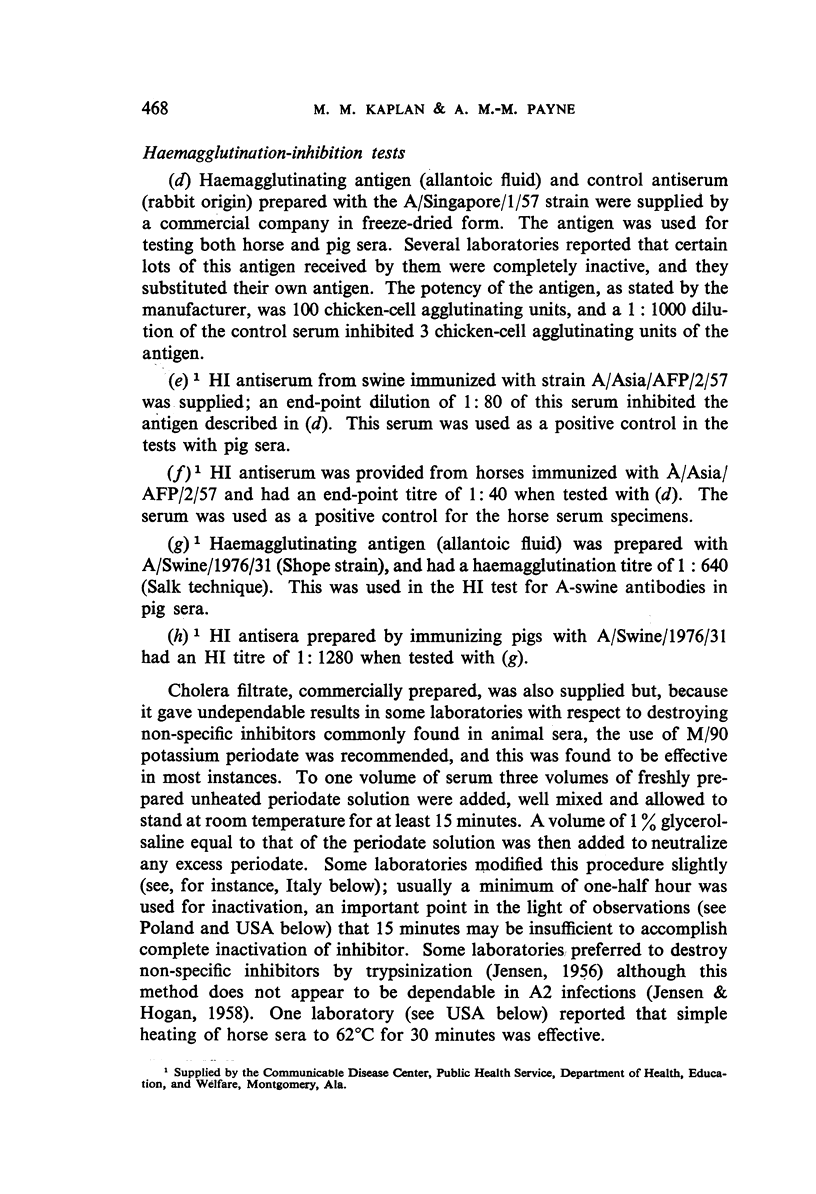
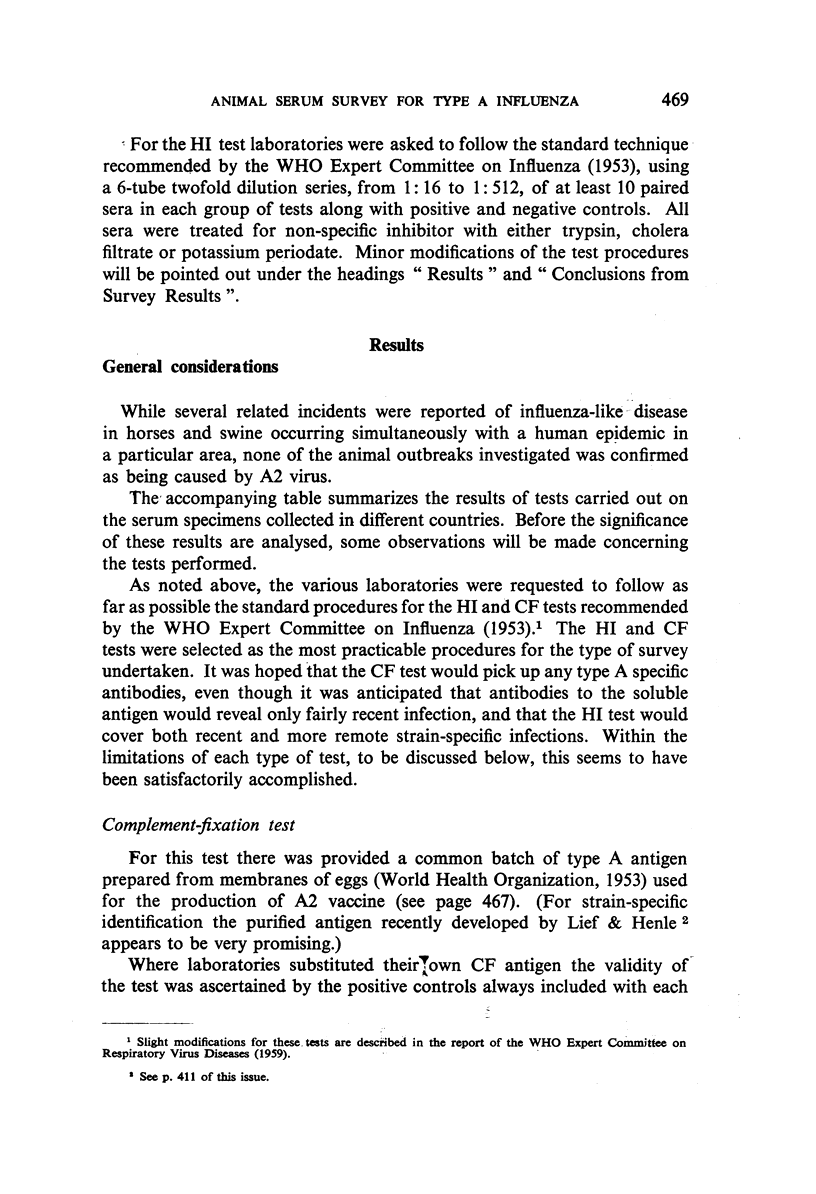

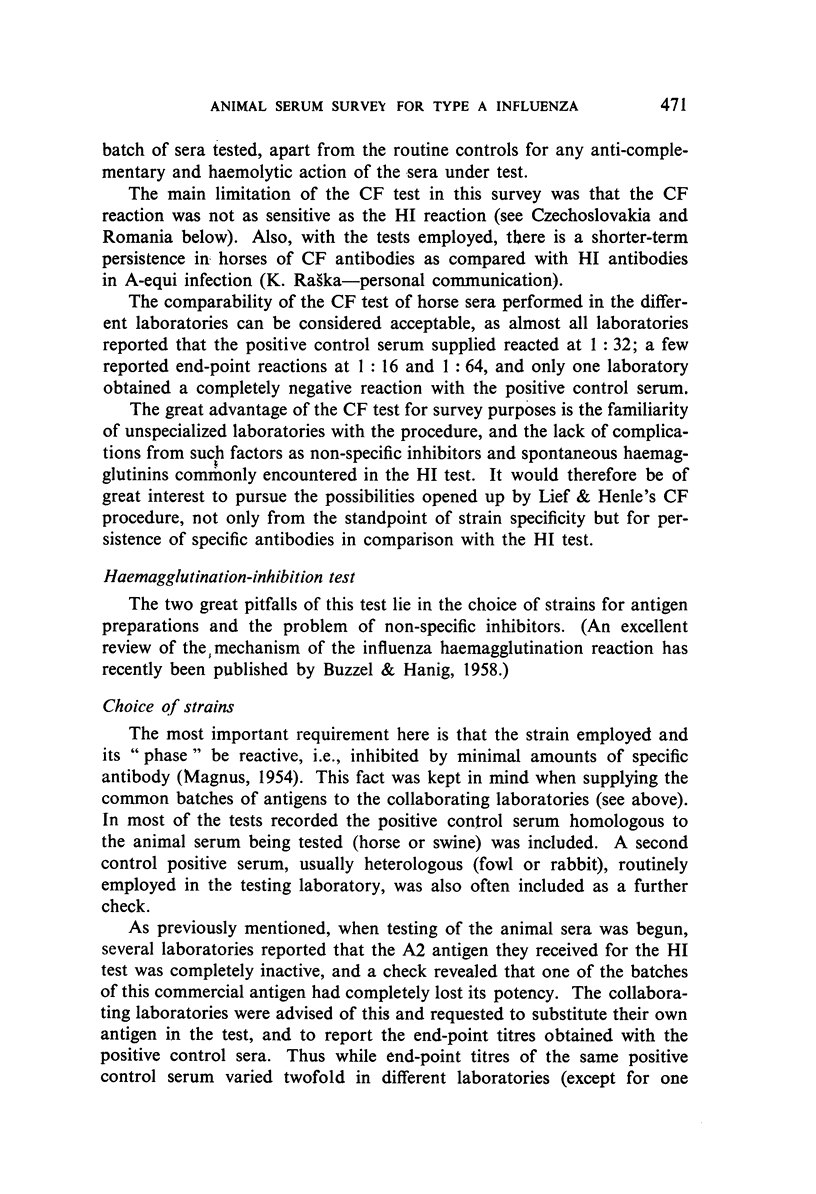
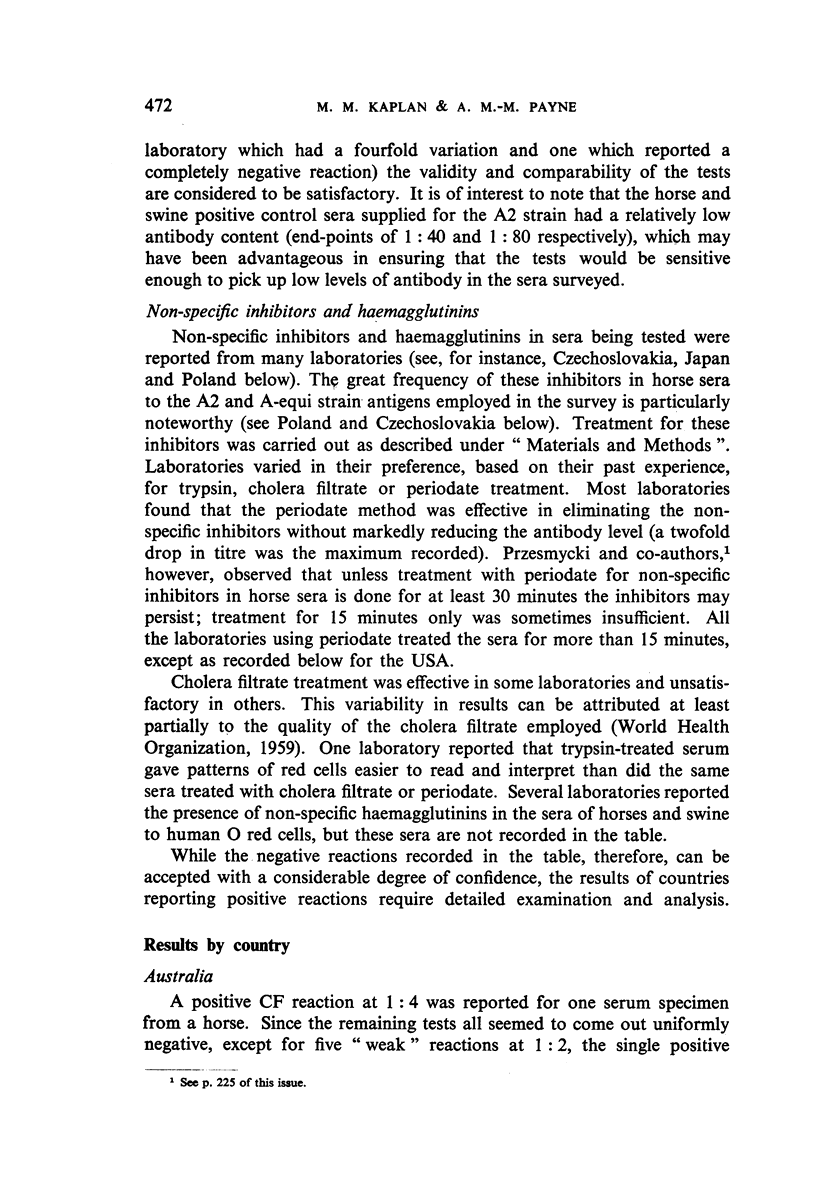
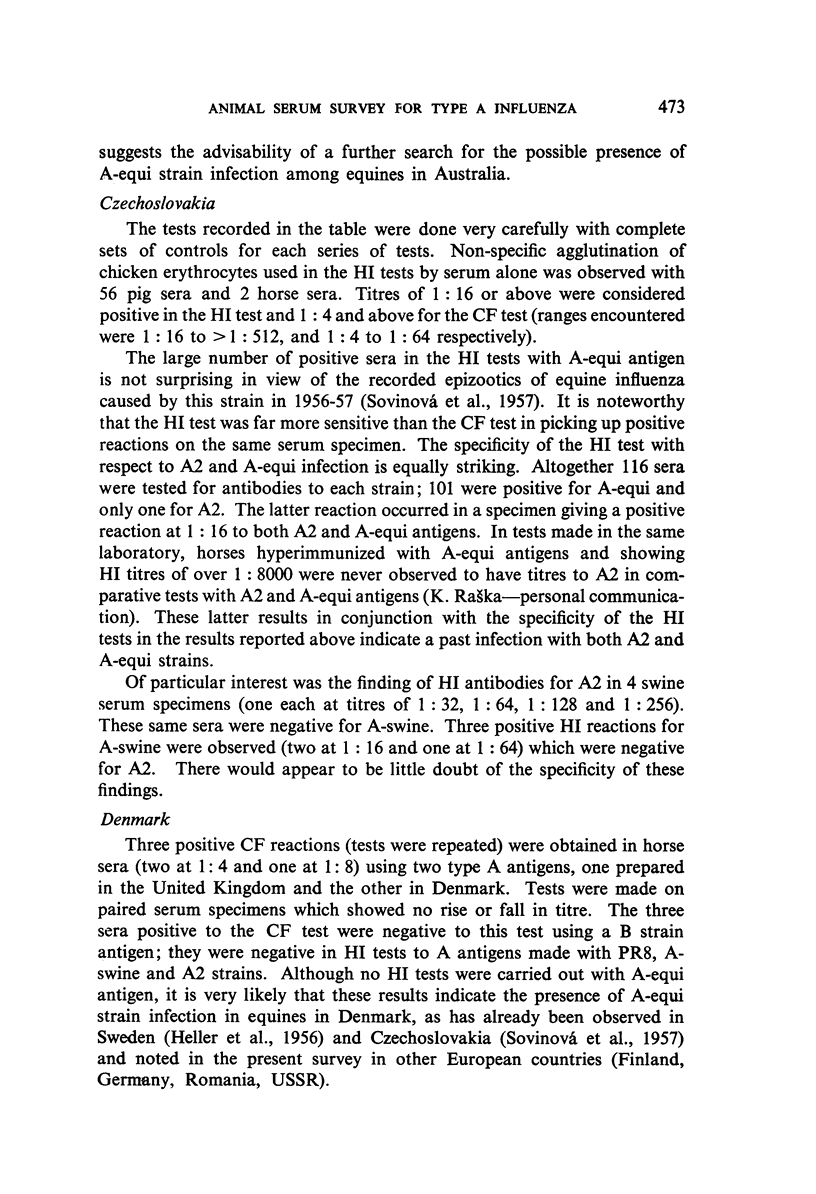
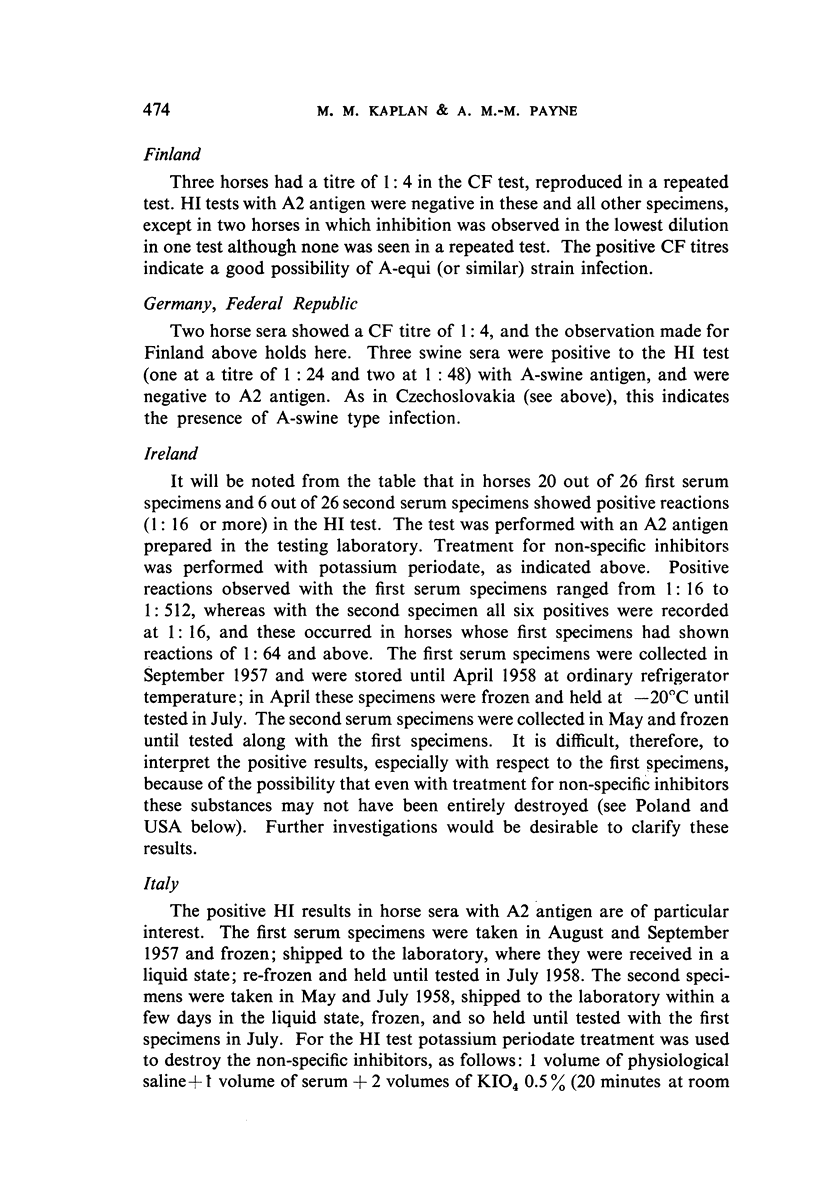
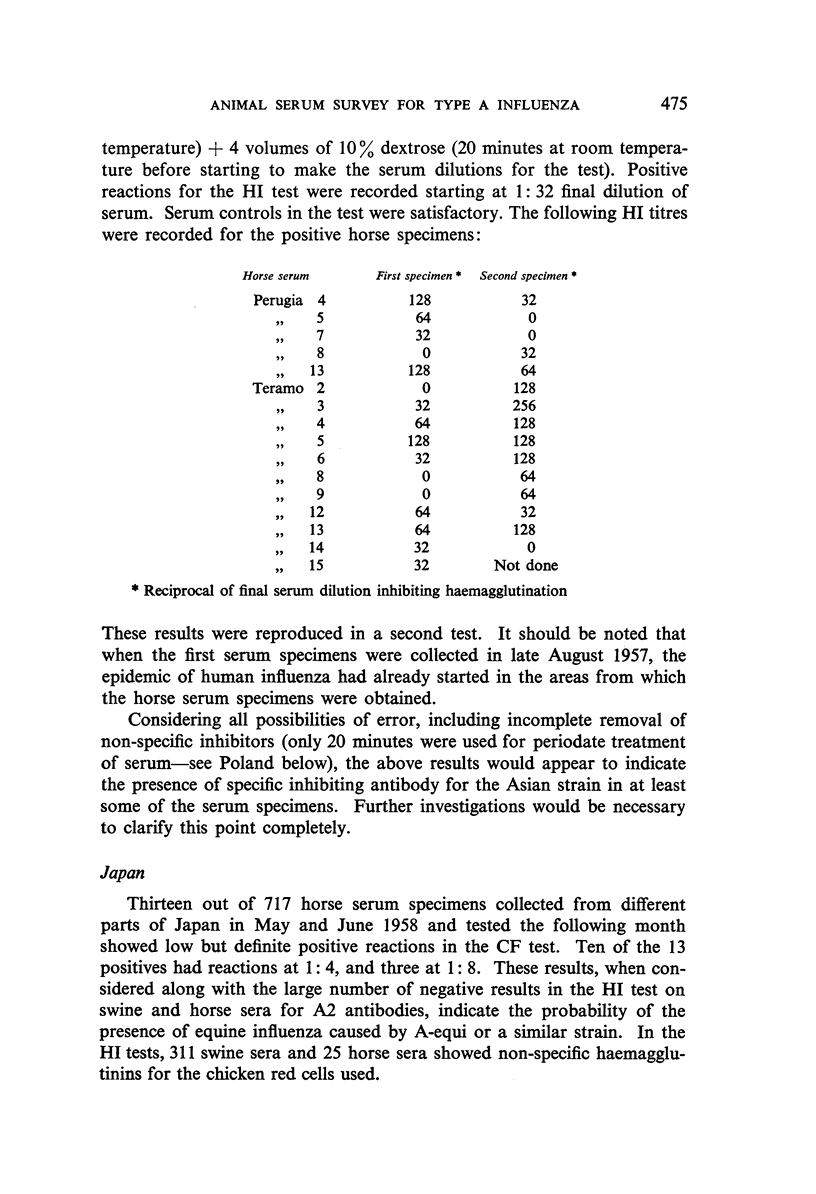
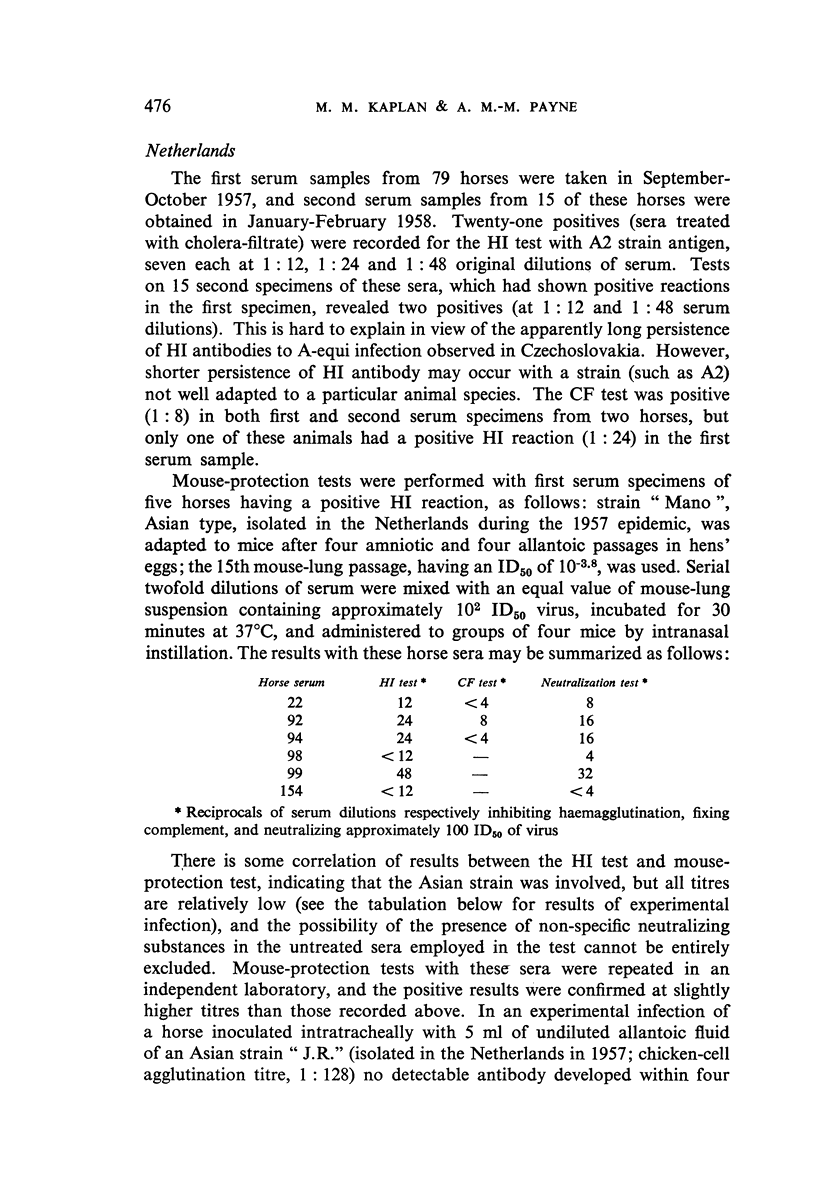
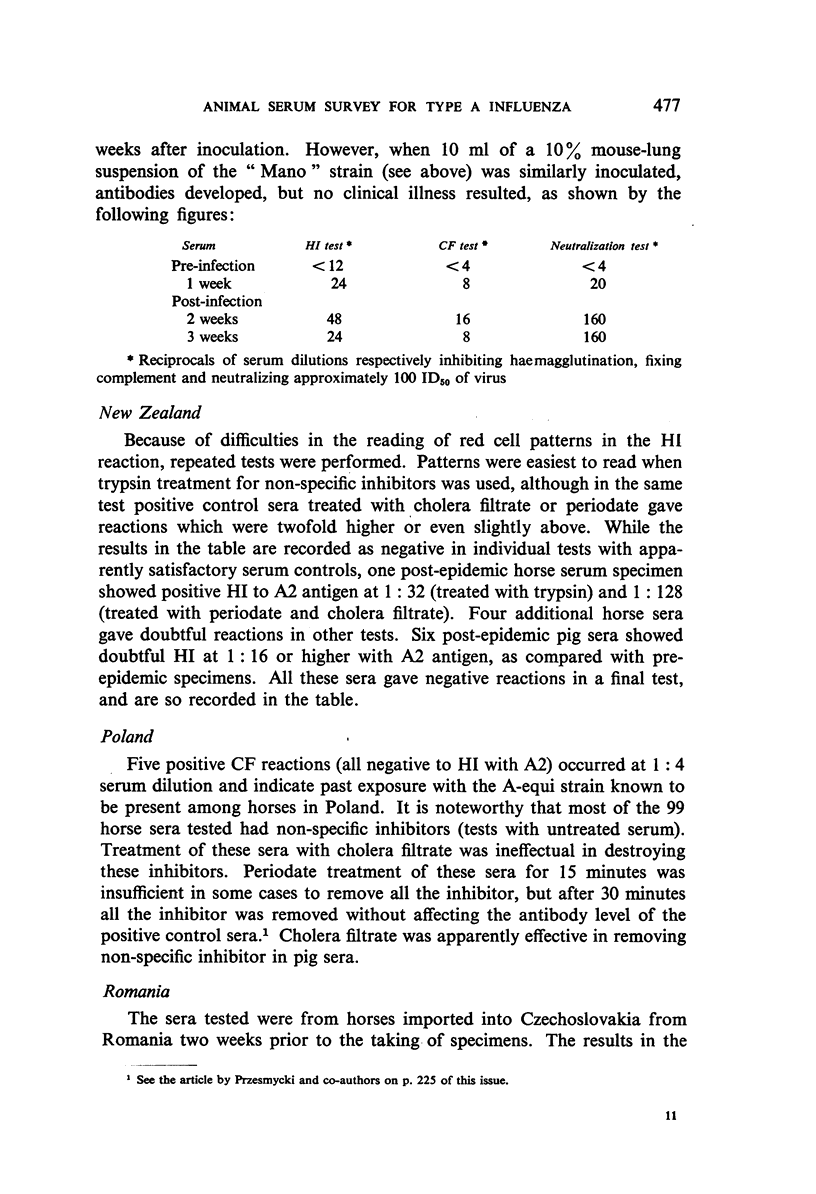
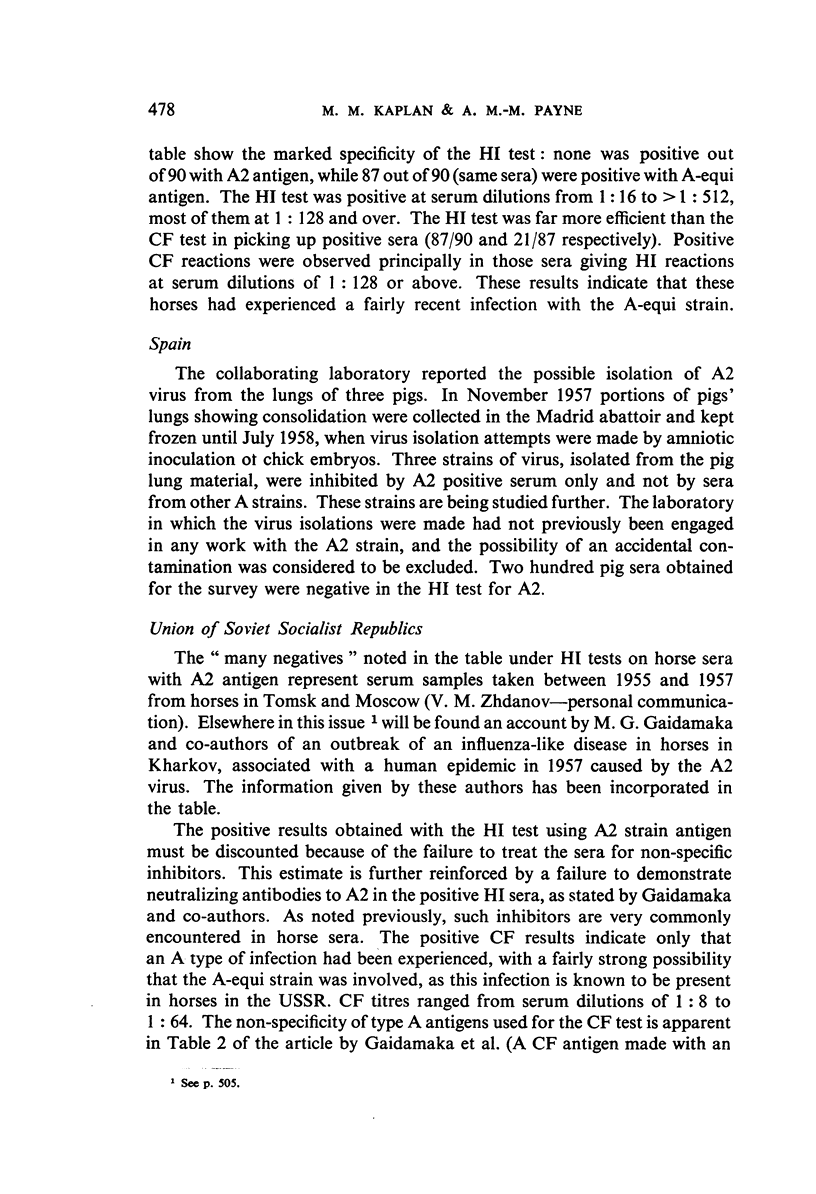
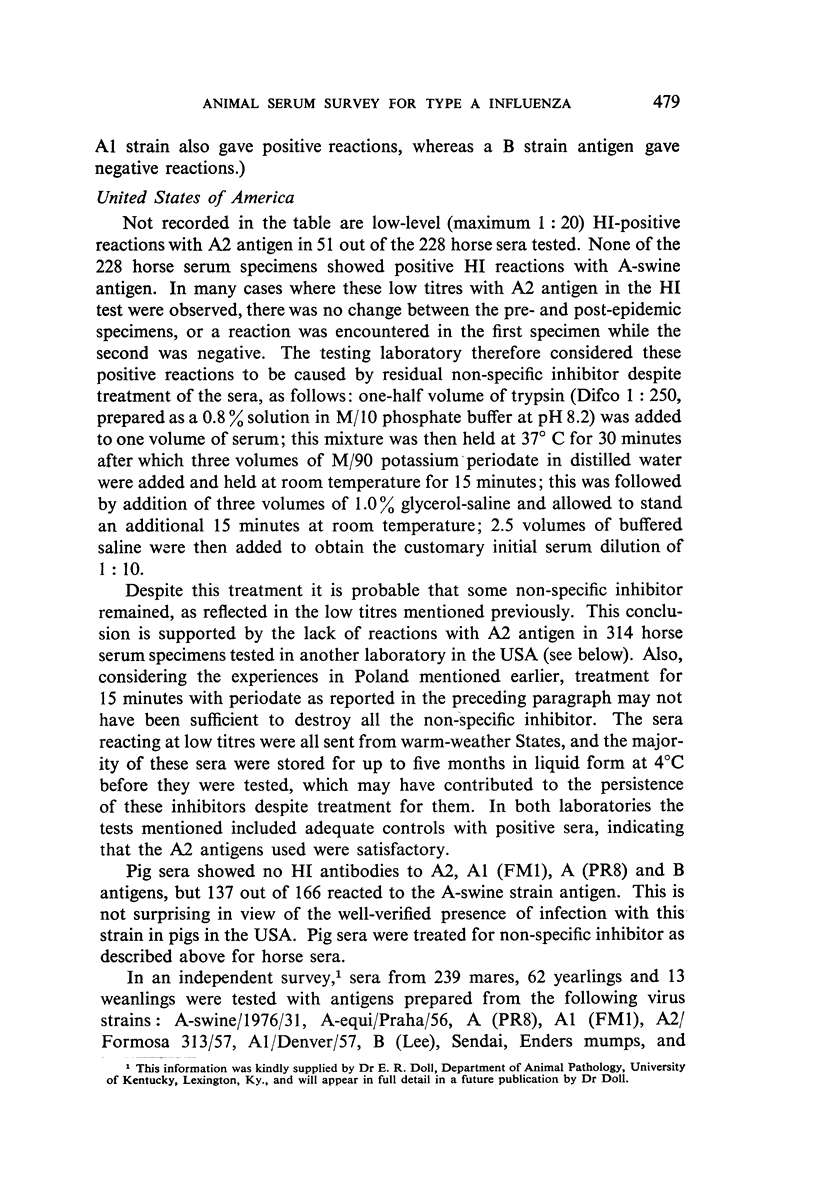
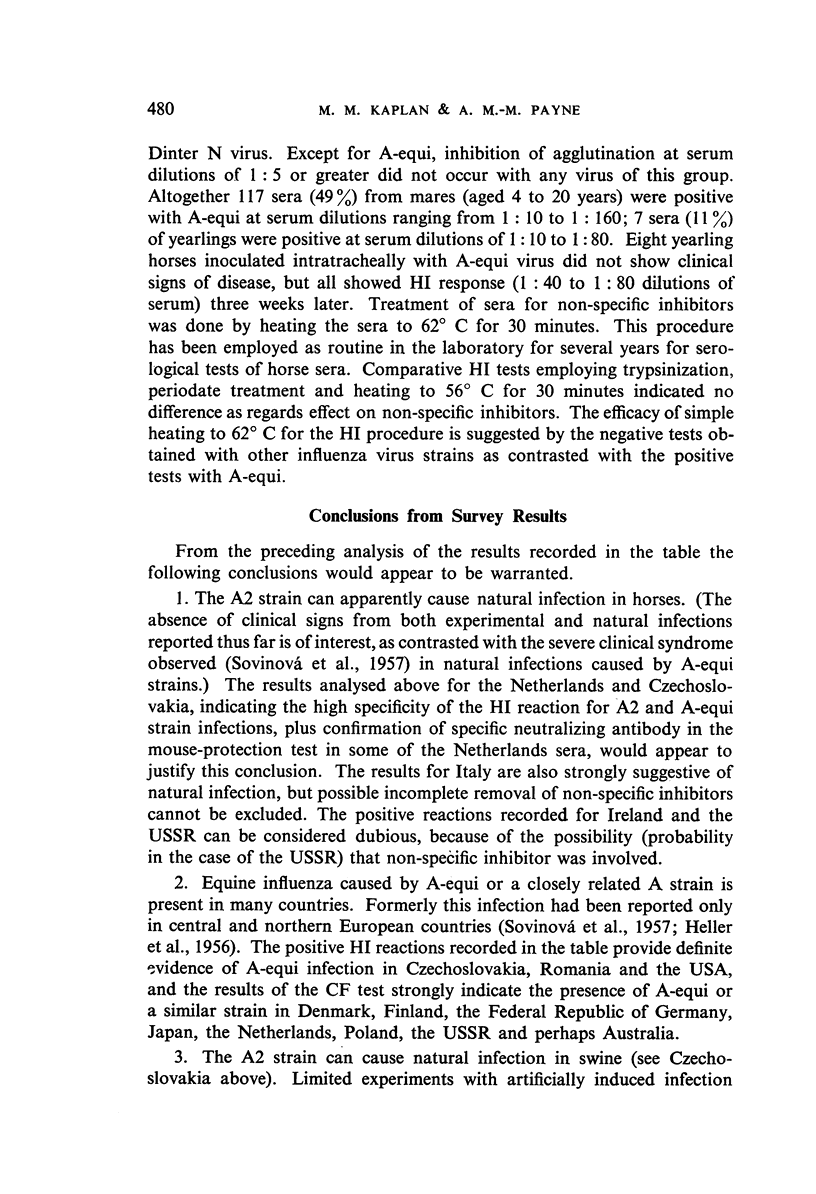
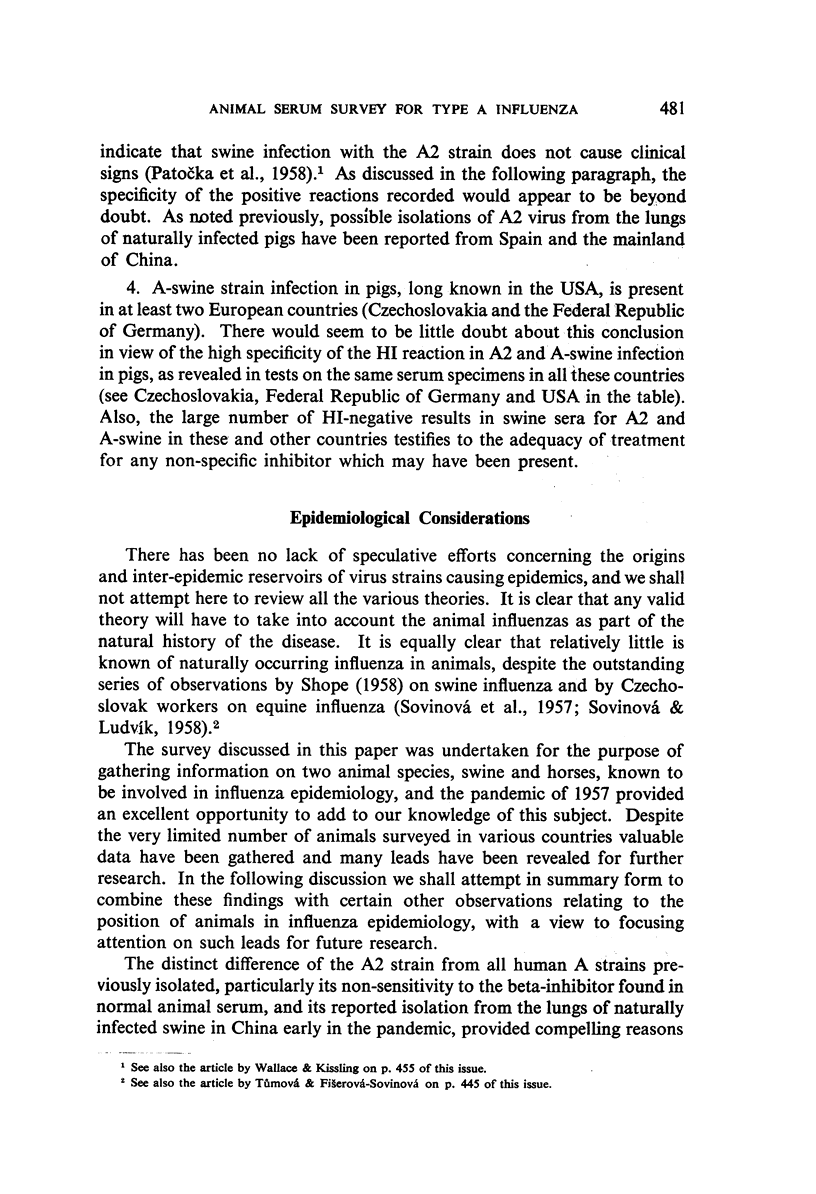
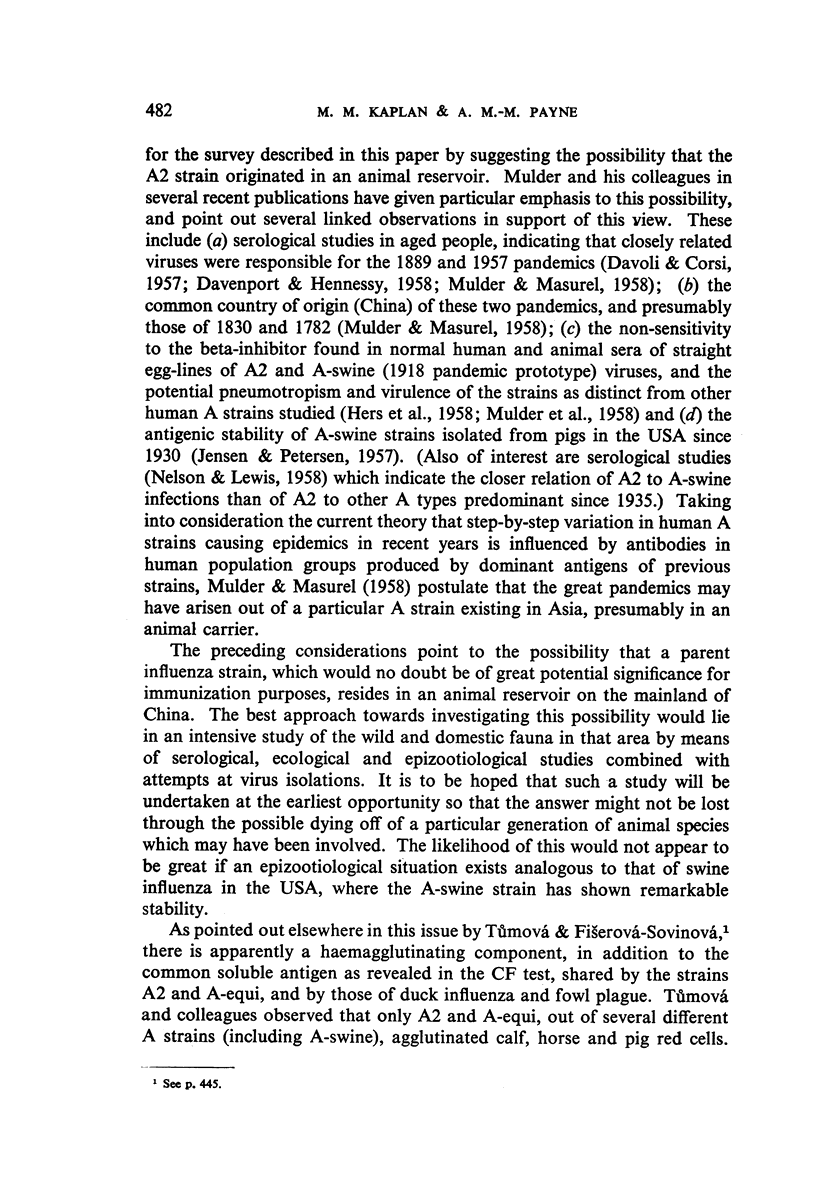
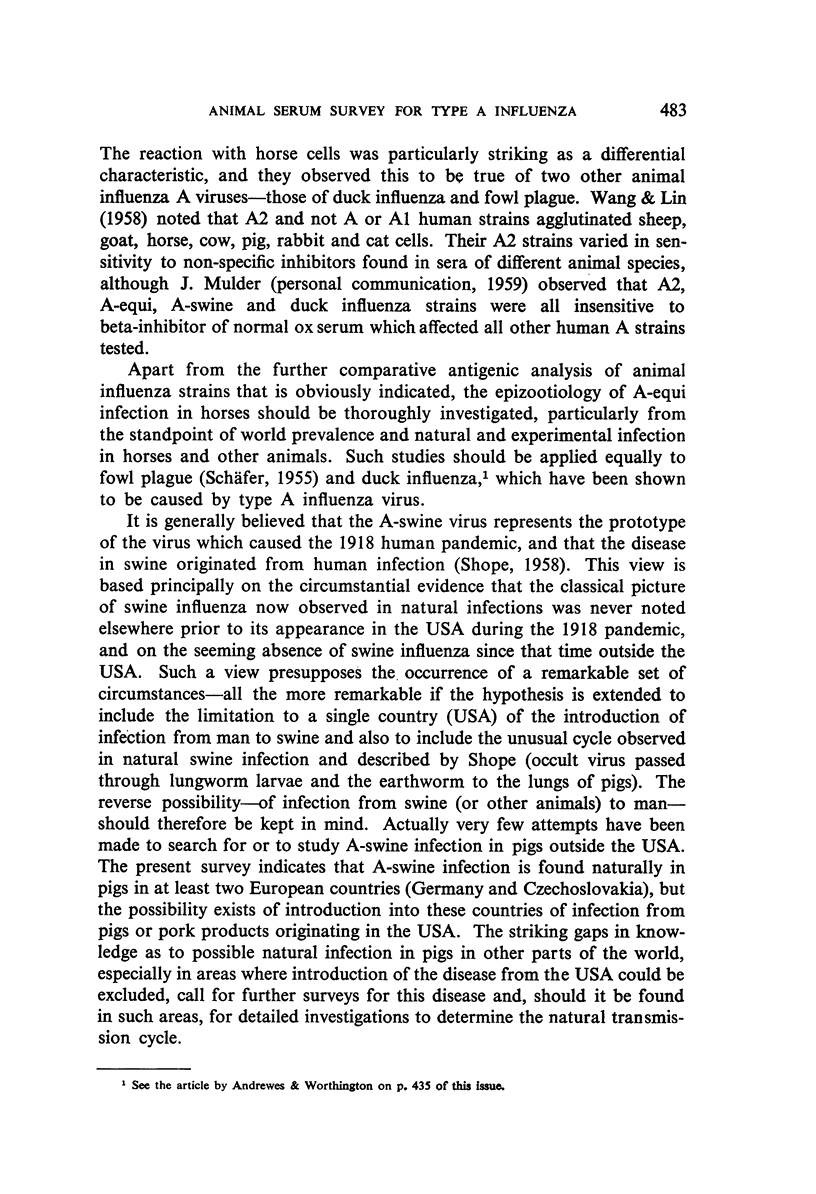
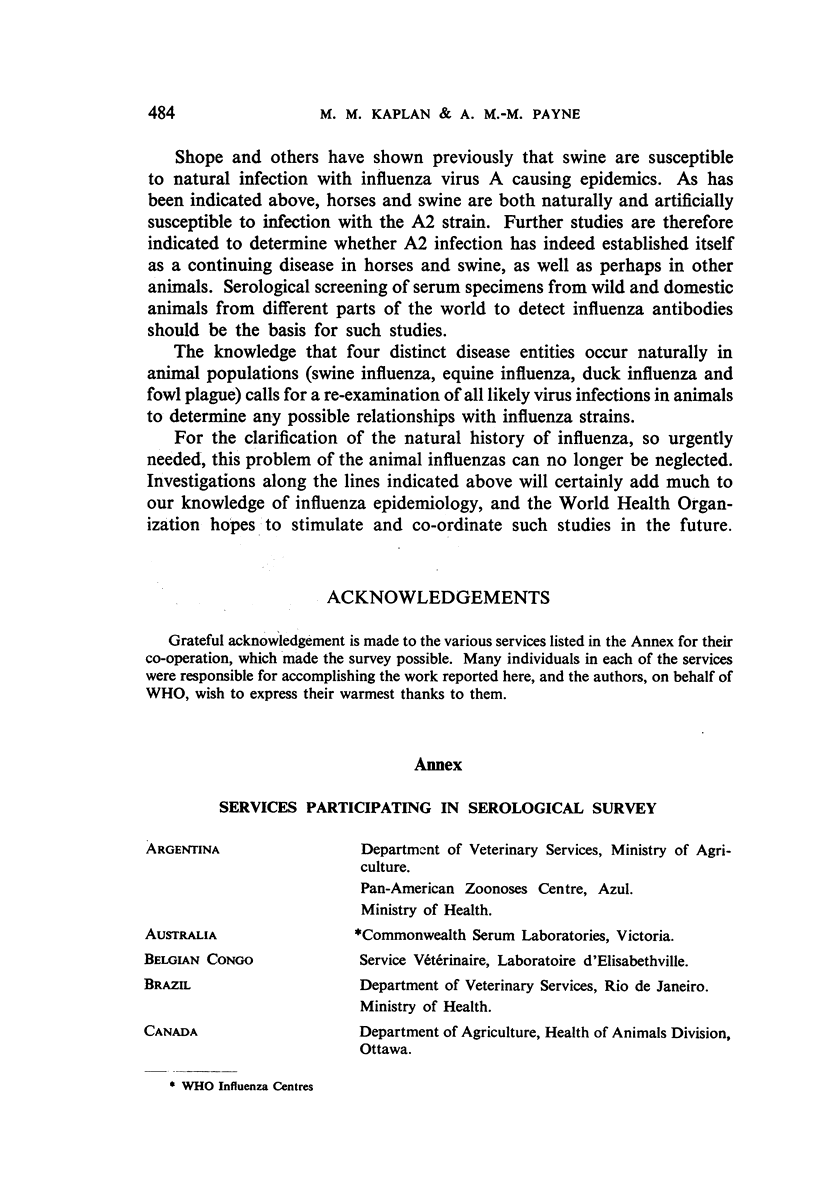

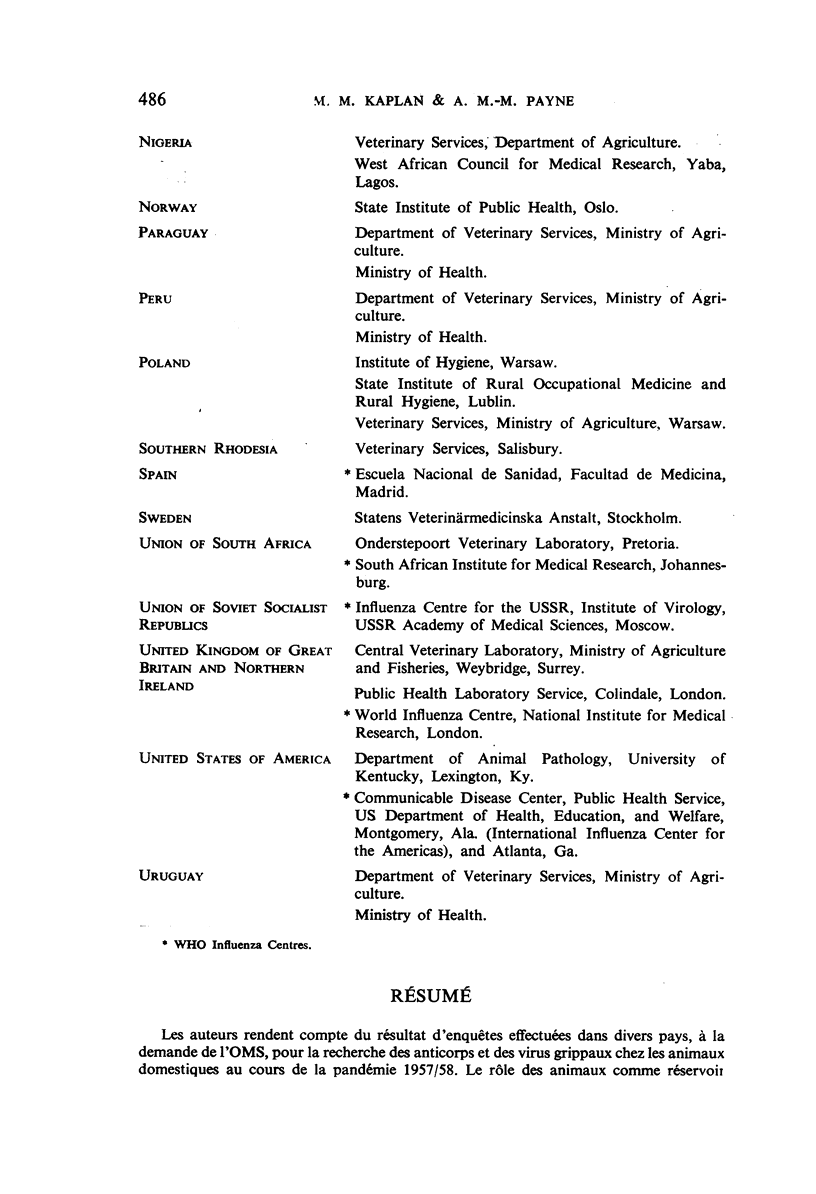

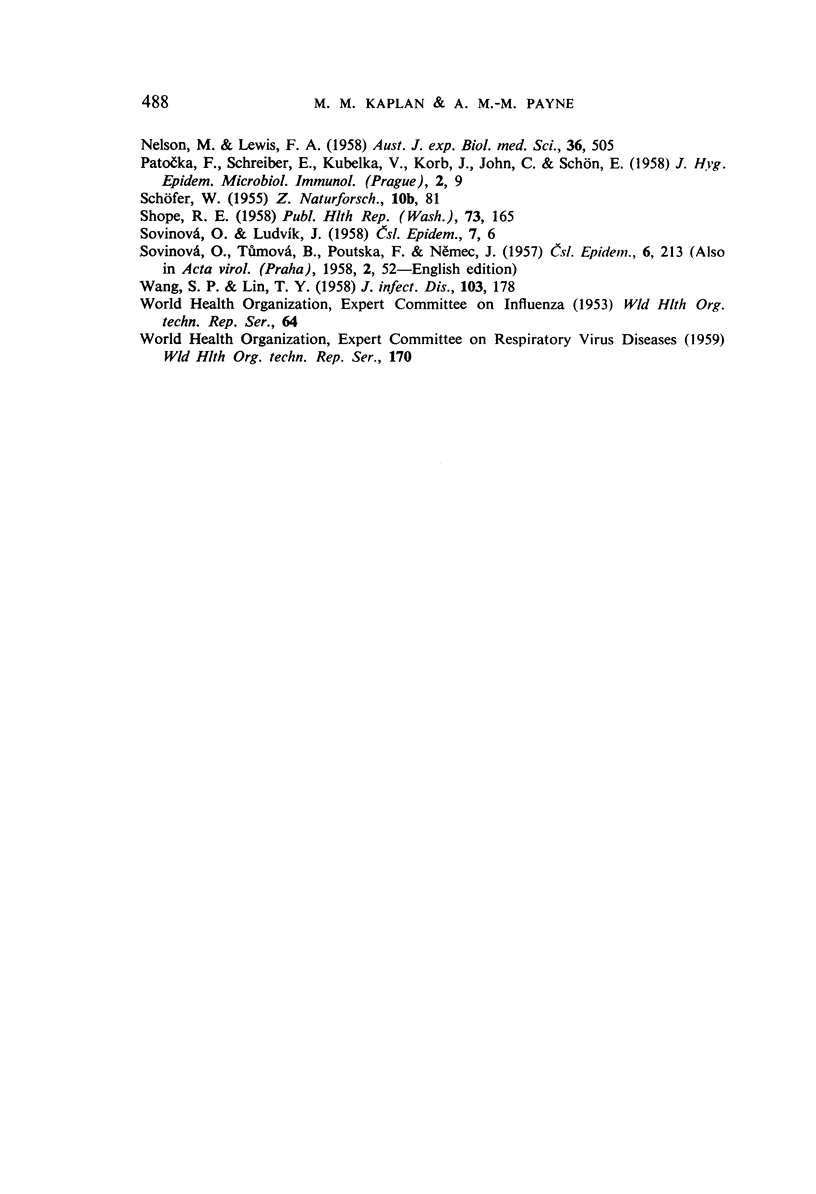
Selected References
These references are in PubMed. This may not be the complete list of references from this article.
- DAVENPORT F. M., HENNESSY A. V. The clinical epidemiology of Asian influenza. Ann Intern Med. 1958 Sep;49(3):493–501. doi: 10.7326/0003-4819-49-3-493. [DOI] [PubMed] [Google Scholar]
- DAVOLI R., CORSI O. B. Anticorpi verso virus dell'influenza A-Asia nella poplazione normale. Sperimentale. 1957 Sep-Oct;107(5):358–362. [PubMed] [Google Scholar]
- ESPMARK A., HELLER L., VIRIDEN P. Immunological relationship between infectious cough in horses and human influenza A. Arch Gesamte Virusforsch. 1956;7(1):120–124. doi: 10.1007/BF01253897. [DOI] [PubMed] [Google Scholar]
- HERS J. F., MASUREL N., MULDER J. Bacteriology and histopathology of the respiratory tract and lungs in fatal Asian influenza. Lancet. 1958 Nov 29;2(7057):1141–1143. doi: 10.1016/s0140-6736(58)92404-8. [DOI] [PubMed] [Google Scholar]
- JENSEN K. E., HOGAN R. B. Laboratory diagnosis of Asian influenza. Public Health Rep. 1958 Feb;73(2):140–144. [PMC free article] [PubMed] [Google Scholar]
- JENSEN K. E., PETERSON W. D., Jr Comparative measurements of antigenic differences among human and swine influenza viruses. J Immunol. 1957 May;78(5):365–372. [PubMed] [Google Scholar]
- MULDER J., MASUREL N., HERS J. F. De aziatische-influenza-pandemie van 1957. Ned Tijdschr Geneeskd. 1958 Oct 11;102(41):1992–1999. [PubMed] [Google Scholar]
- MULDER J., MASUREL N. Pre-epidemic antibody against 1957 strain of Asiatic influenza in serum of older people living in the Netherlands. Lancet. 1958 Apr 19;1(7025):810–814. doi: 10.1016/s0140-6736(58)91738-0. [DOI] [PubMed] [Google Scholar]
- PATOCKA F., SCHREIBER E., KUBELKA V., KORB J., JOHN C., SCHON E. An attempt to transmit the human influenza virus strain A-Sing 57 to swine; preliminary report. J Hyg Epidemiol Microbiol Immunol. 1958;2(1):9–15. [PubMed] [Google Scholar]
- SHOPE R. E. Influenza: history, epidemiology, and speculation. Public Health Rep. 1958 Feb;73(2):165–178. [PMC free article] [PubMed] [Google Scholar]
- WANG S. P., LIN T. Y. Laboratory studies on some biological properties of the Far East influenza virus. J Infect Dis. 1958 Sep-Oct;103(2):178–182. doi: 10.1093/infdis/103.2.178. [DOI] [PubMed] [Google Scholar]


